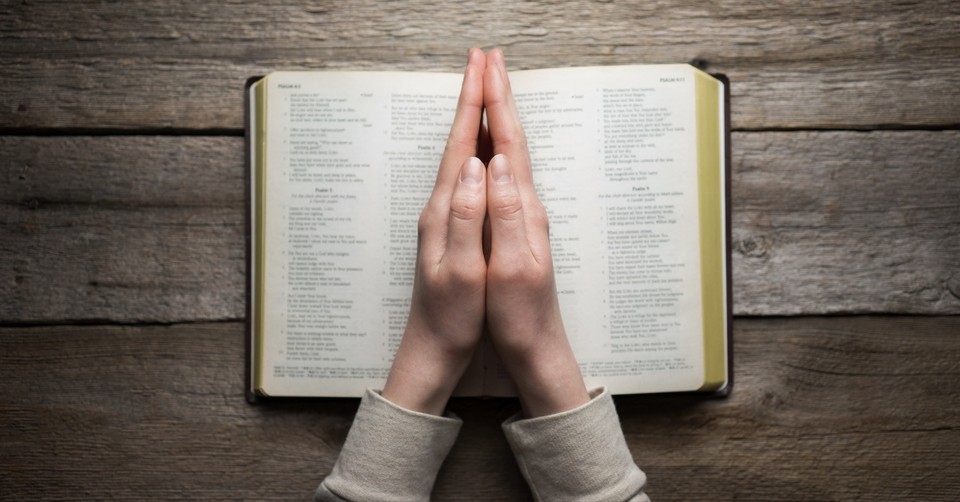When it comes to being a little wary of contemplative practices because of their association with Eastern religions, New Age Christianity, or just generally the “woo woo,” this question is totally understandable. How do we know that this practice is something God would approve of, and isn’t just a cleverly disguised spiritual trap?
To be clear, the Centering Prayer is not a prayer directly from the Bible. But that doesn’t mean it isn’t biblical.
Let’s break down the principles of the Centering Prayer and see if they have scriptural backing.
The Centering Prayer aims to 1) use meditation in order to 2) connect people with the presence of God by 3) setting their minds on things above and opening themselves up to God’s power so that 4) they can be transformed.
1. Is meditation biblical?
The Bible mentions meditation 23 times, 19 times in the book of Psalms alone! According to this article, meditation is a “key component of Christian growth.” Isaac, Joshua, and David are all major characters of the Bible whose meditative practices were a key part of their walks with God.
We all meditate on different things every day of our lives–meditation simply means to focus your mind on something. So, we can meditate on our worries and our problems, or we can intentionally meditate on the truth of God’s Word and what he has done in our lives. The Bible teaches us to control and direct our thoughts (Col 3:2-4, Romans 6:6-8). So yes, meditation is very biblical.
2. Is practicing the presence of God biblical?
To practice the presence of God simply means to become aware of God’s presence in the very moment you’re living in. Yes, God is present all of the time. But we are not always aware of it. But to focus on God’s presence in a way that draws us close to him is an essential way to grow closer to him and be transformed by his power.
Psalm 16:11 (ESV) says “You make known to me the path of life; in your presence there is fullness of joy; at your right hand are pleasures forevermore.” And Psalm 27:8 (ESV) recounts “‘You have said, ‘Seek my face.’ My heart says to you, ‘Your face, Lord, do I seek.’”
It is clear that seeking an awareness of God’s presence is a good and righteous thing to do. Yes, this aspect is biblical.
3. Is setting your mind on things above biblical?
As mentioned above, the Bible teaches us that we have power over how to direct our thoughts. One of the verses that highlights this ability is Colossians 3:2, which exports us to “Set your minds on things above, not on earthly things.”
The Centering Prayer is just one practical method of how to do this. So yes, this aspect of it is biblical.
4. Is God’s transformative power through his spirit biblical?
God’s very presence transforms us, 2 Cor 3:18 tells us: “And we all, who with unveiled faces contemplate the Lord’s glory, are being transformed into his image with ever-increasing glory, which comes from the Lord, who is the Spirit.”
We do not have to veil our faces to be with God anymore, like Moses had to under the Old Covenant. Because Jesus died for our sins and because we have the Holy Spirit living inside of us, we can experience God’s presence directly and beautifully. This presence transforms us to be closer and closer to his image, and the image he designed us to be from the very beginning.
So yes, being transformed by God’s presence is biblical.
Photo Credit: ©GettyImages/olegbreslavtsev












